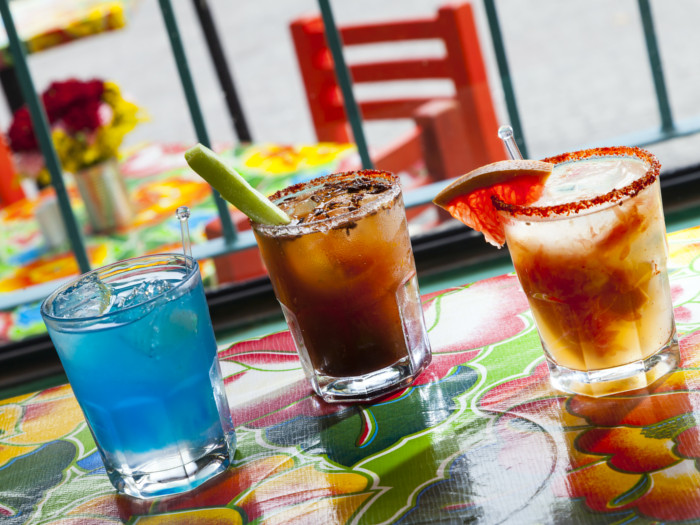Mezcal is a specialty agave-based spirit with an interesting production process and a long tradition. While most liquors today are commercially produced, mezcal that is sold in the US is still hand-crafted by hand the old-fashioned way. This has led to the popularity of mezcal among those who are looked for natural, environmentally conscious products.
What is Mezcal?
Mezcal is a distilled spirit made from any variety of agave plant, which is mainly found in Mexico. It is often associated with the other famous Mexican spirit, tequila; however, tequila is made specifically from the blue agave plant.
Mezcal is made from the ‘heart’ of the agave plant, also called as the ‘piña‘, which is cooked underground, in small, rock-faced pits for over three days. This slow cooking process causes smoke to infuse the agave with a deep, woody, and earthen taste for which it is renowned. [1]
Legally, this alcohol must be made with 100 percent agave, making it suitable for gluten-intolerant people and keeping it reassuringly free of artificial ingredients. It can only be made in allocated states in Mexico. Its alcohol content varies but can be as high as 55 percent. Like tequila, it may also contain worms, which some people actually eat.

Try these colorful cocktails this time. Photo Credit: Shutterstock
Types
As it can be made from over 30 different types of the agave plant, there are many different types and flavors. Mezcal production is a specialized, artisanal process that is reflected in its price. The companies producing and exporting the drink tend to be much smaller than those producing tequila.
- The majority of this liquor is made from Espadín. Its flavor is most similar to tequila of all the mezcals.
- Tobalá mezcal is made from a rare and wild-growing variety of agave and offers interesting, rich, and fruity flavors. [2]
- Like tequila, mezcal comes in a freshly distilled ‘Blanco’ variation, or it can also be aged in wooden barrels.
- Aging of two to nine months makes a Reposado variation of the spirit.
- Aging for one to three years makes an Añejo.
How to drink?
There are different ways to drink mezcal, including the following:
- Traditionally, in Mexico, this liquor is taken neat and at room temperature. Experts suggest that it is a drink to be savored.
- As a dry drink, it can make a good aperitif or be added to cocktails. However, this might be considered a waste of the intense and complex flavor palate by some. [3]
- Common additions to neat mezcal include sliced lemon, orange or lime, ground-fried larvae, worm salt, or ground chili peppers.
Drinking responsibly: Since mezcal is typically consumed neat, it is essential that it is taken in a responsible manner. This is not a drink meant to be chugged down shot after shot. Traditionally, it was meant to be savored. According to The 2015-2020 Dietary Guidelines for Americans, if alcohol is consumed, it should be done in moderation. The guidelines define moderate drinking as up to 1 drink per day for women and up to 2 drinks per day for men, which applies to adults of legal drinking age. However, standard drinks vary for different types of alcohol according to ABV. [4]
Adverse Risks Associated With Mezcal Consumption
As with any alcoholic beverage, consume mezcal in moderation to avoid side effects of intoxication, sickness, and headaches. Ensure your mezcal is from a registered and reputable distillery as there are chances of adulteration. [5]
Consuming excessive alcohol can cause short-term health risks such as violence and injuries as well as long-term health risks such as addiction, alcohol abuse, and chronic diseases. According to the Centers for Disease Control and Prevention, people who should not drink alcohol include women who are pregnant, individuals younger than 21 years of age, and people who are recovering from alcoholism or cannot control the amount they drink. Also, it should be avoided by people who are planning to drive or any other activity that required focus, alertness, and skill. [6]
